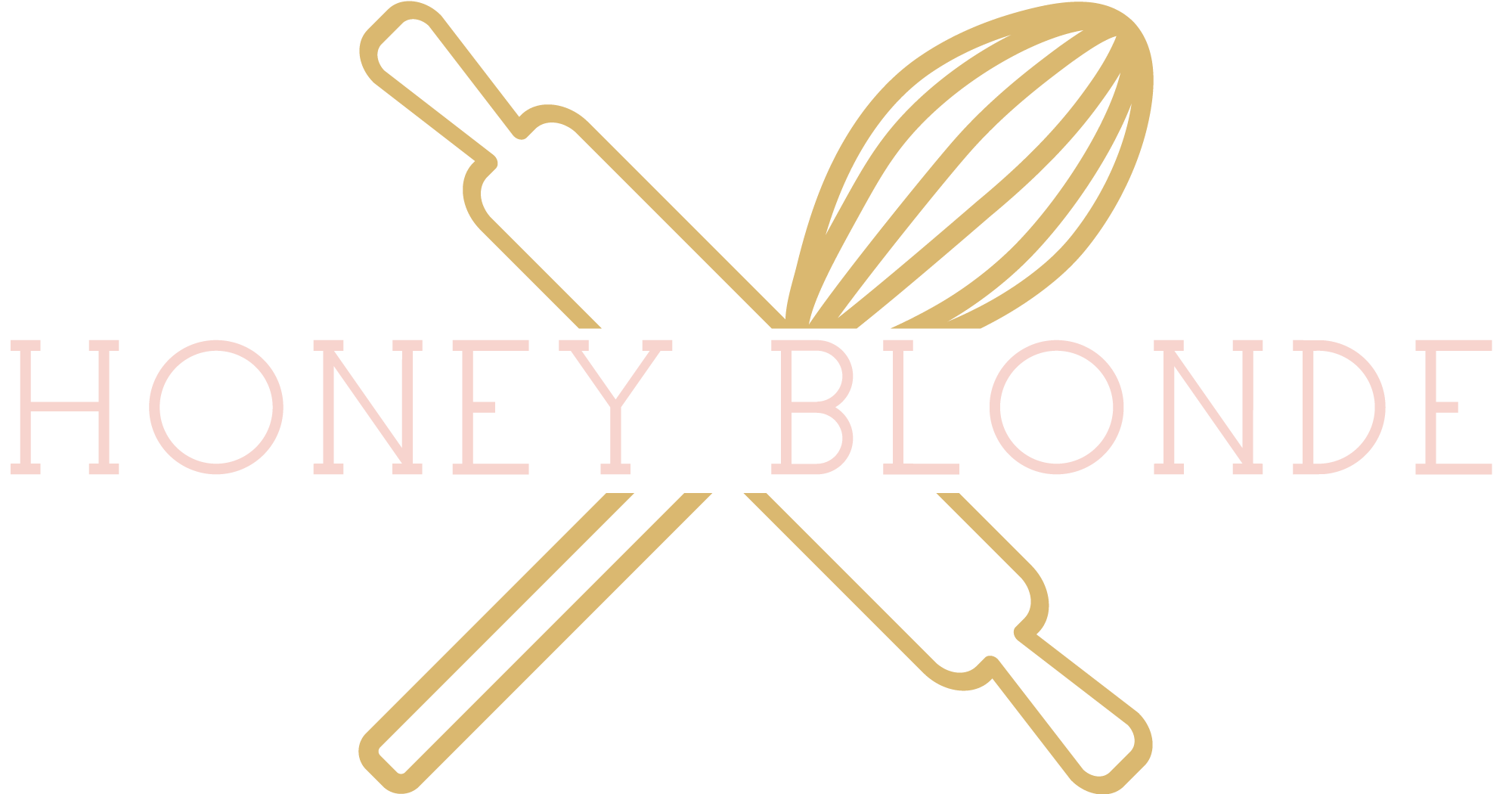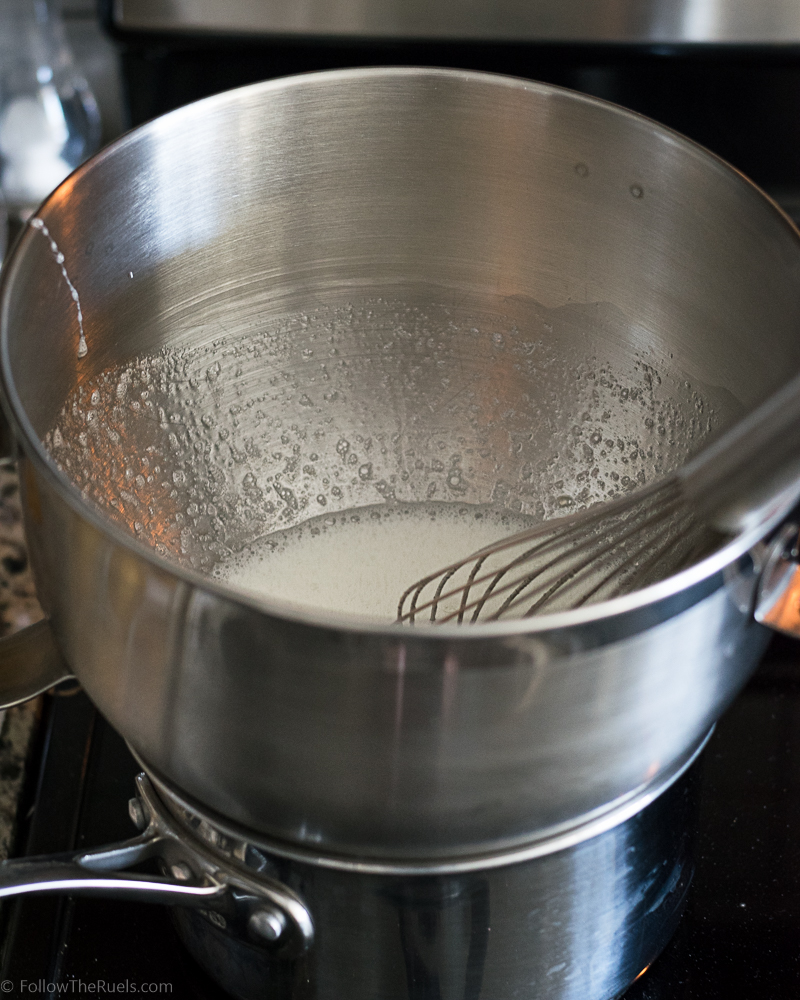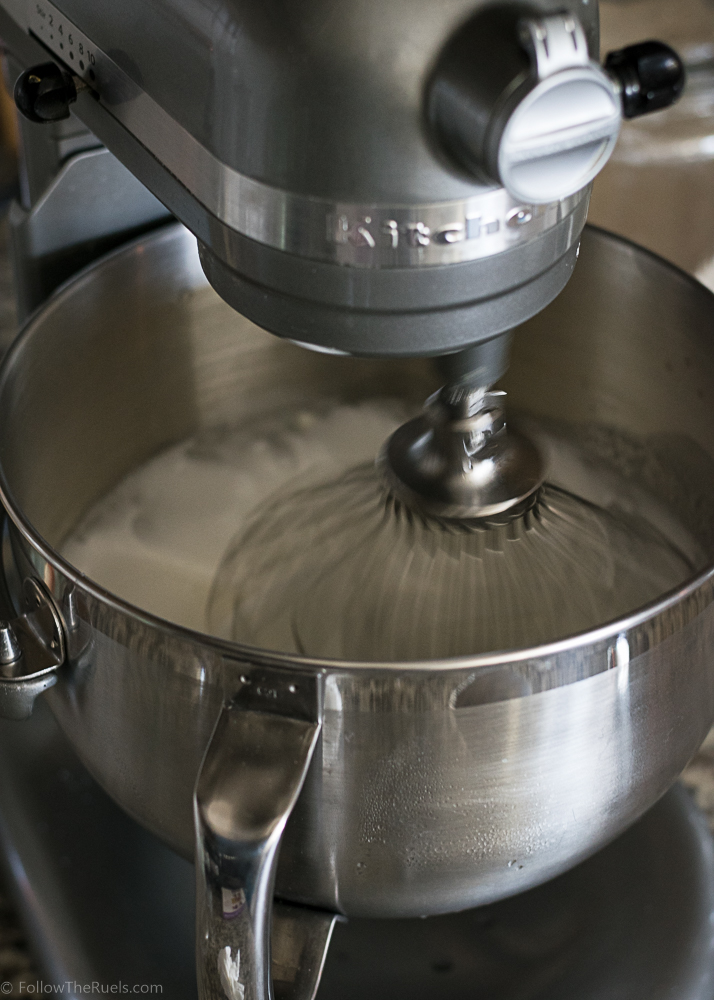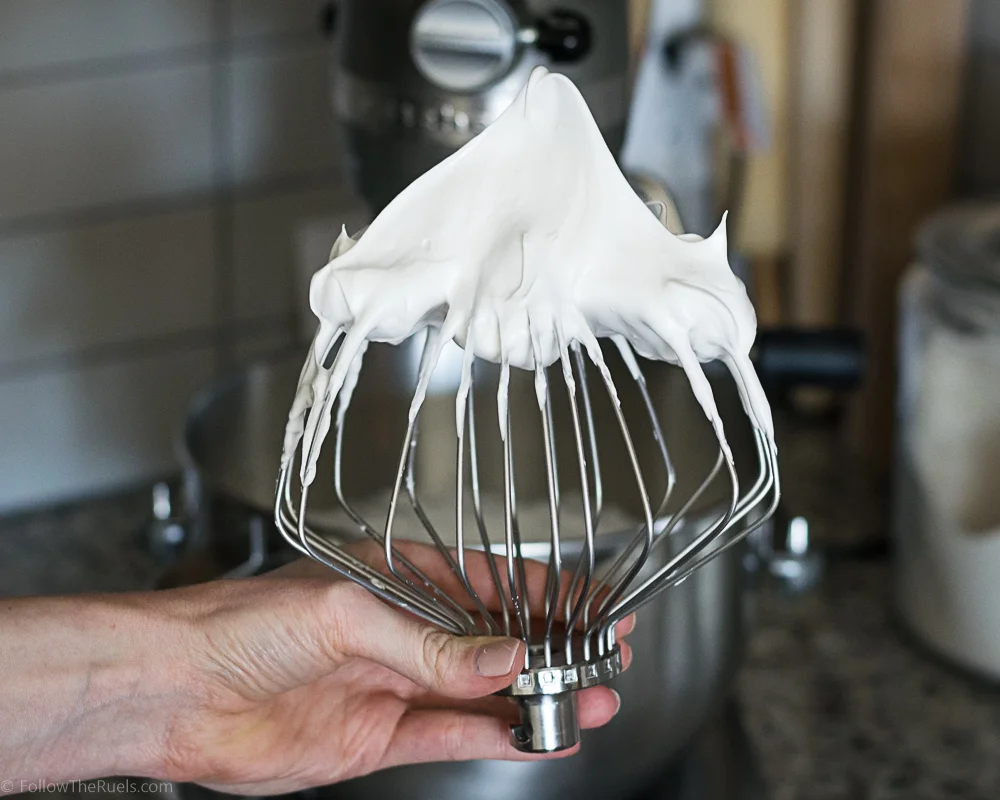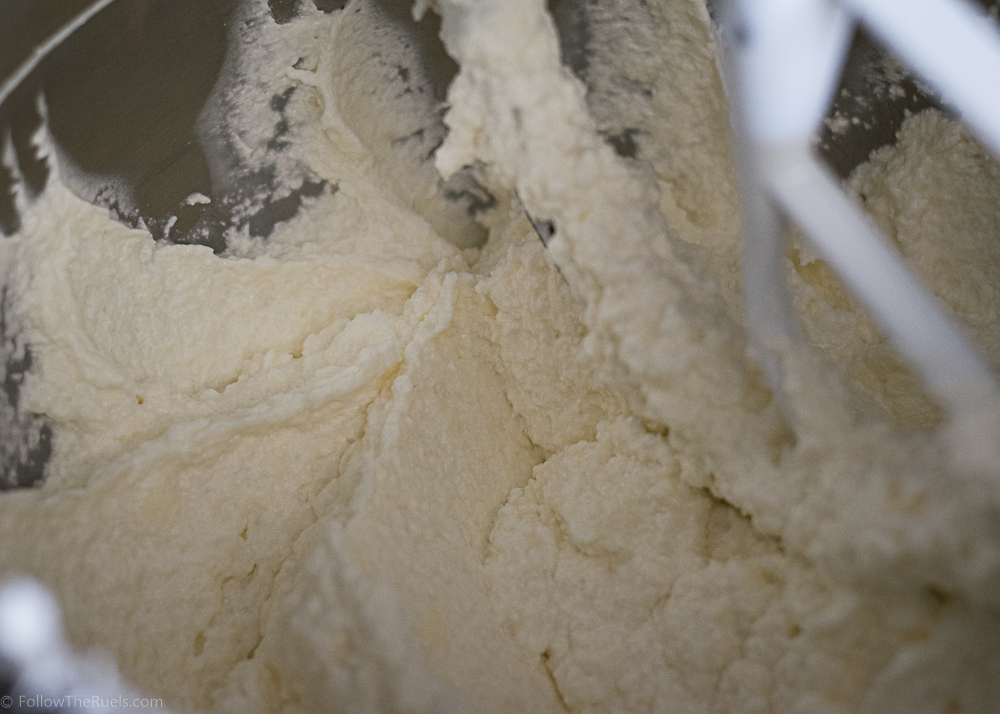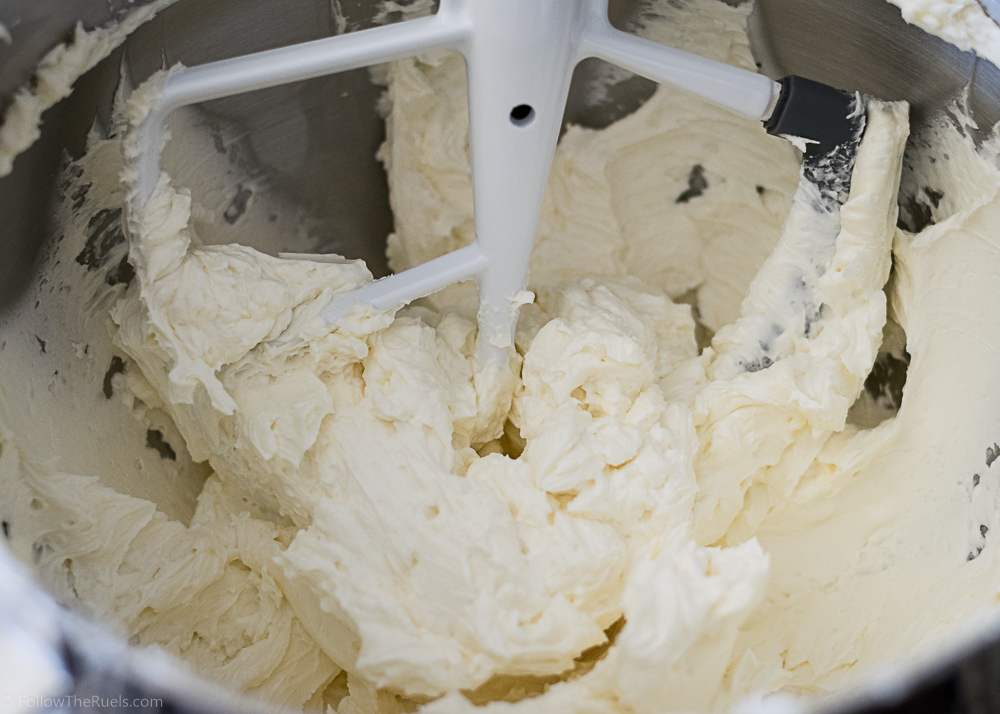The Best Buttercream Frosting Recipe
It may surprise you to hear that I am not much of a frosting person. Whenever I eat cake, I typically eat around the frosting, leaving a huge heap of it on my plate.
But of course, there are always exceptions. The exception is this buttercream. Every time I make it I get so many compliments on how light, airy, and not-too-sweet it is. People are used to that dense, buttery, sickeningly sweet buttercream so this one is basically like a breath of fresh air.
There are actually three main types of buttercream frosting (that I am aware of): American, Italian, and Swiss. The American version is what we are used to. It is basically just butter and sugar mix together. American buttercream is totally fine in moderation and is really good if you need to make some intricate designs on your cake or cupcake. But when it piled on top of said cake or cupcake, it's just too much.
Italian meringue buttercream incorporates meringue (fluffy egg whites), which makes it super light and airy. To make Italian meringue, you heat up sugar and water until it boils, then pour it into to a stand mixer bowl that is whipping up the egg whites. The only reason I don't like this version is that making Italian meringue dirties up one extra pan and you have to make sure the sugar get's to the perfect temperature or you risk ruining your meringue.
I prefer the Swiss meringue buttercream because it has all the benefits of the Italian version but with a lot less hassle. Instead of heating up water and sugar, you actually heat up the egg whites with the sugar and whisk them over a double boiler until the sugar has dissolved. Then you whip up the egg whites until you have stiff peaks. I do this all in the bowl of my stand mixer so that I only have one bowl to clean up in the end.
Once the meringue has cooled, you add in your butter. Now this is where I have gotten a little thrown off in the past, and I know other people struggle with this too. So many times I think I have ruined my buttercream because it looks super lumpy and gross, like the picture on the left. But, that's just a step in the process to getting it nice and smooth.
When you slowly add the butter to the egg whites, it's almost like trying to mix together oil and water. They just don't want to go together without a little coaxing. So after just a little mixing it will appear that the frosting has separated. Just keep mixing and you will get a creamy, smooth buttercream frosting!
The best part about this frosting is that it goes with anything! You can add other flavors to it, but the plain vanilla can top off any cake flavor.
It's also sturdy enough to pipe any details, like flowers, leaves, ruffles, etc. If you have seen any of my cakes or cupcakes that have some design on them, this is the frosting I use.
Its also the only buttercream frosting that I don't scrape off my cake because it's just too good to let go to waste!
Recipe
Ingredients
- 5 egg whites, room temperature
- 1 cup sugar
- 1/2 tsp salt
- 2 cups (4 sticks) butter, softened
- 1 tsp vanilla extract
Instructions
- Fill a small sauce pan with enough water to fill a quarter or third of the pan. The pan should be small enough that your mixing bowl can fit nicely on top and not touch the water. Place pan over high heat and bring to a simmer.
- To the bowl of a stand mixer add the egg whites, sugar, and salt. Place over the simmering water, making sure that the water is not touching the bowl. Whisk continuously until sugar has dissolved, about 2 minutes. You should not feel any sugar when rubbing the mixture between your fingers.
- Attach your bowl to the stand mixer that is fitted with the whisk attachment. Turn the speed to high and mix until the meringue forms stiff peaks. About 10 minutes.
- When the bottom of the bowl is no longer warm, turn off the mixer and switch the whisk attachment for the paddle attachment. Then add in the butter 1 tablespoon at a time. The mixture may look like it is separating, but continue to beat until it forms a smooth frosting. About 2 minutes. Add in vanilla, or flavoring of choice, and mix until combined.
- Transfer to piping bag or spread onto cake to use.
Notes
Store unused frosting in an airtight container in the fridge. If you want to reuse, add back to the mixer and whip up until it comes back it it's original consistency.
